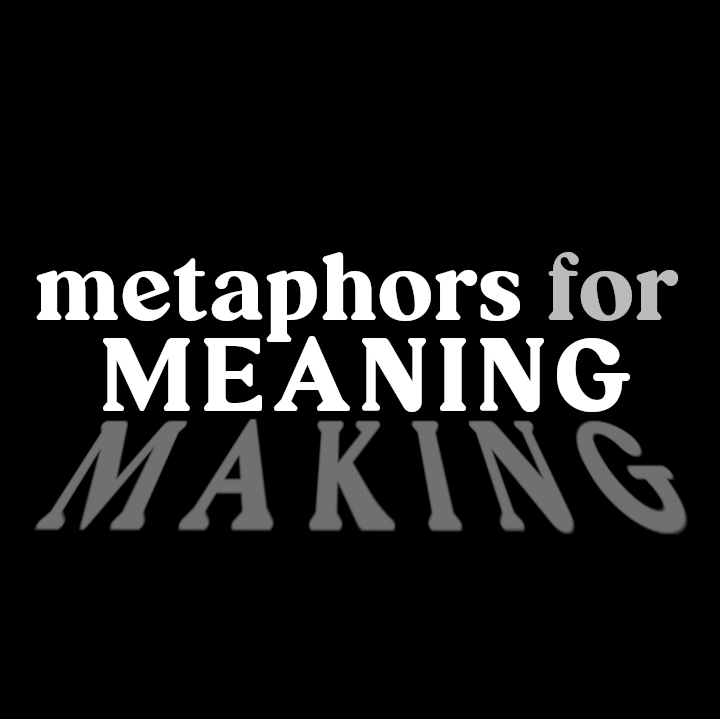Hello! We’re still in a Pandemic here,
so stay home and KNIT!
If you haven’t learned to knit yet, I highly recommend it. It’s great to have something to do with your hands–while waiting somewhere, while watching a show (after you’re a bit more comfortable), while listening to a meaty podcast or audio book, while trying to stay awake during a Zoom –anything… (you can even keep the fact that you’re knitting a secret – or not)…
It’s great to have something to do with your hands while waiting out a freakin pandemic…
Knitting is great for those of us who are doodlers, wigglers, needers of something to keep our hands busy so our minds can better focus. Knitting has also been proven to be good for your mental and physical health (by experience and even scientific studies). Of course not so much when you’ve got a tangle or are trying to figure out the math in a pattern!
Anyone can learn to knit, regardless of age, gender, or other crafting experience. But it’s not everyone’s cup of tea. Some might prefer crocheting. or gardening. Or baking or cooking. The point is finding something to do with our hands that can give us a break from digital screens. But something tactile–that involves tools and the transformation of materials from one thing to another.
We need that as humans. We need that especially in times like this. When our whole world is in need of so much transformation, having a small scale bit of transformation at our fingertips can help us imagine larger scale possibilities.
Though I grew up around all kinds of yarny crafting and a mom who owned a yarn store, I didn’t learn to knit until after I was a mom. My son and I got a kid’s knitting book from the library. He read me the instructions while I tried to interpret them. He wasn’t interested in learning, but was super into diagrams and written instructions. He was 5 at the time. And I’ve been knitting ever since.
When we teach or learn knitting, we start with the basics: the knit stitch.
Go into the stitch left to right, wrap your yarn at the back left to right.
Pull the stitch down through and off and over to the other needle. That’s it.
Repetitive movements that can be difficult at first, needing much attention to every action of your hands. New knitters can get really frustrated, thinking these actions alien and hard. Where do I put the yarn? Where do my hands go? But eventually everything falls into place.
But not necessarily the same place as the knitter next to you. There are those knitters that claim there is ONE RIGHT way to knit. They are wrong! lol No really, they are. This is true for just about any kind of craft, right? Because we are all different. And we do stuff differently.
We have to learn to trust our bodies, our hands, and the movements of whatever we are learning to do to become more natural as we practice. The movements that were once strange become rote, as unconscious as walking. But only when practiced every day. Repeating the actions create new neural pathways in our brains. It’s important to learn a new skill, to change a way of doing or thinking. To rethink how we do things, including systems that are definitely not working for everyone.
It can be bumpy at first, but this too shall pass. New neural pathways in our collective brains will grow. We got this!

Possible Questions/Further thoughts to Explore:
In knitting, some people “throw” (English style) and some people “pick” (Continental style). Some people do a combo of these styles and some people do totally different things with their hands, needles, and yarn to form stitches. All of them end up with the same knitted stitch and beautiful scarves, sweaters, and blankets. So there really is more than one “right” way to do something. Do you think this is a generally accepted idea? Think about the institutions you participate in (school, faith community, government, business, etc.). Do the institutions you participate in or observe appear to hold this value? Or is there an expectation of a particular way of doing things? If so, does that particular “way” tend to favor certain people? Does it get in the way of change? Why do you think some people are willing to accept different ways of doing things and others not?
Where or when in your life experience did or do you have a firm sense that there is only one right way to do a particular thing– your way? Where/when/how did you learn this way that you think or thought was the one “right” way? When did you change your thinking on that and why? If you haven’t changed, why not? What would have to happen for you to change your mind?
